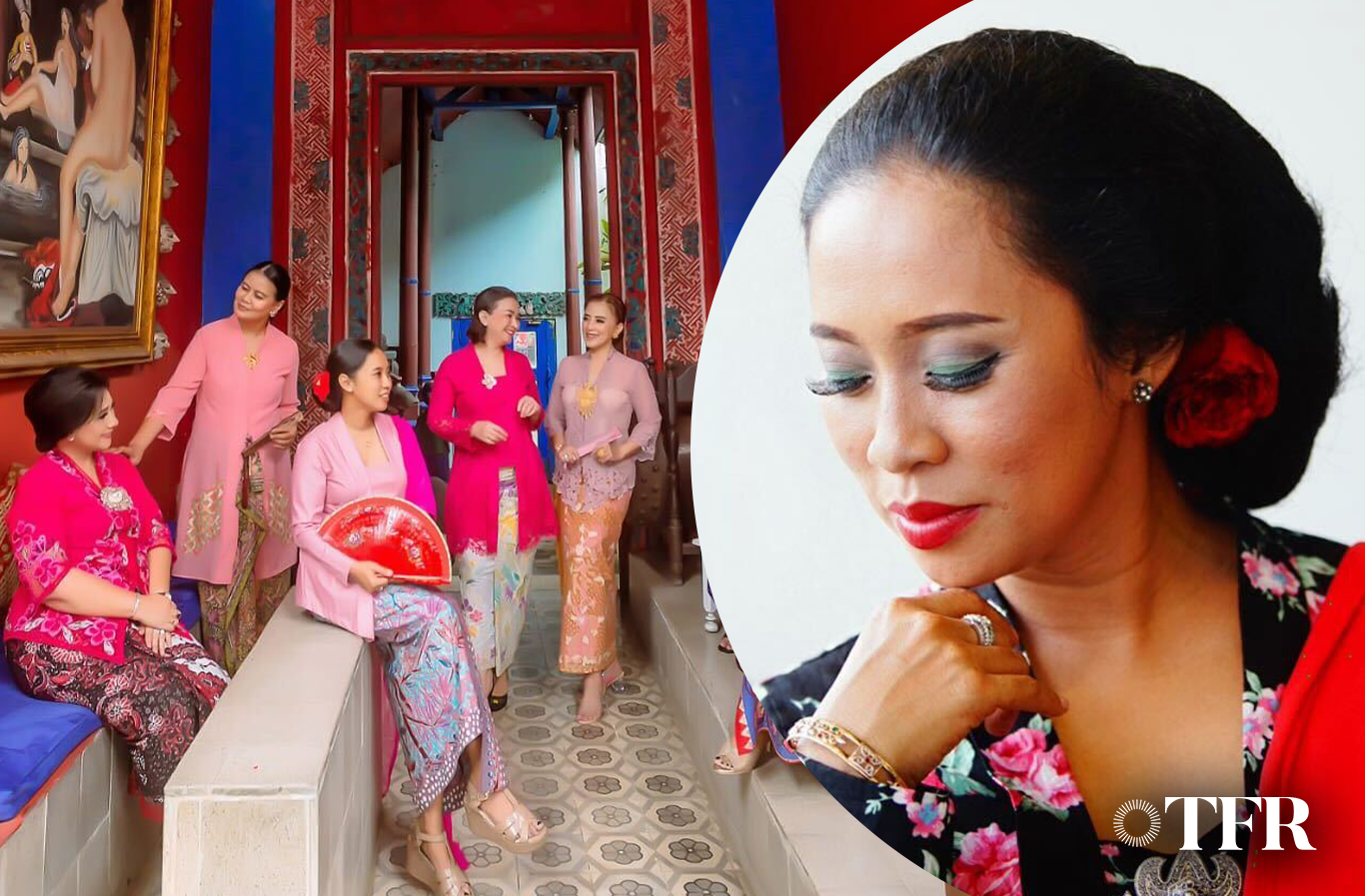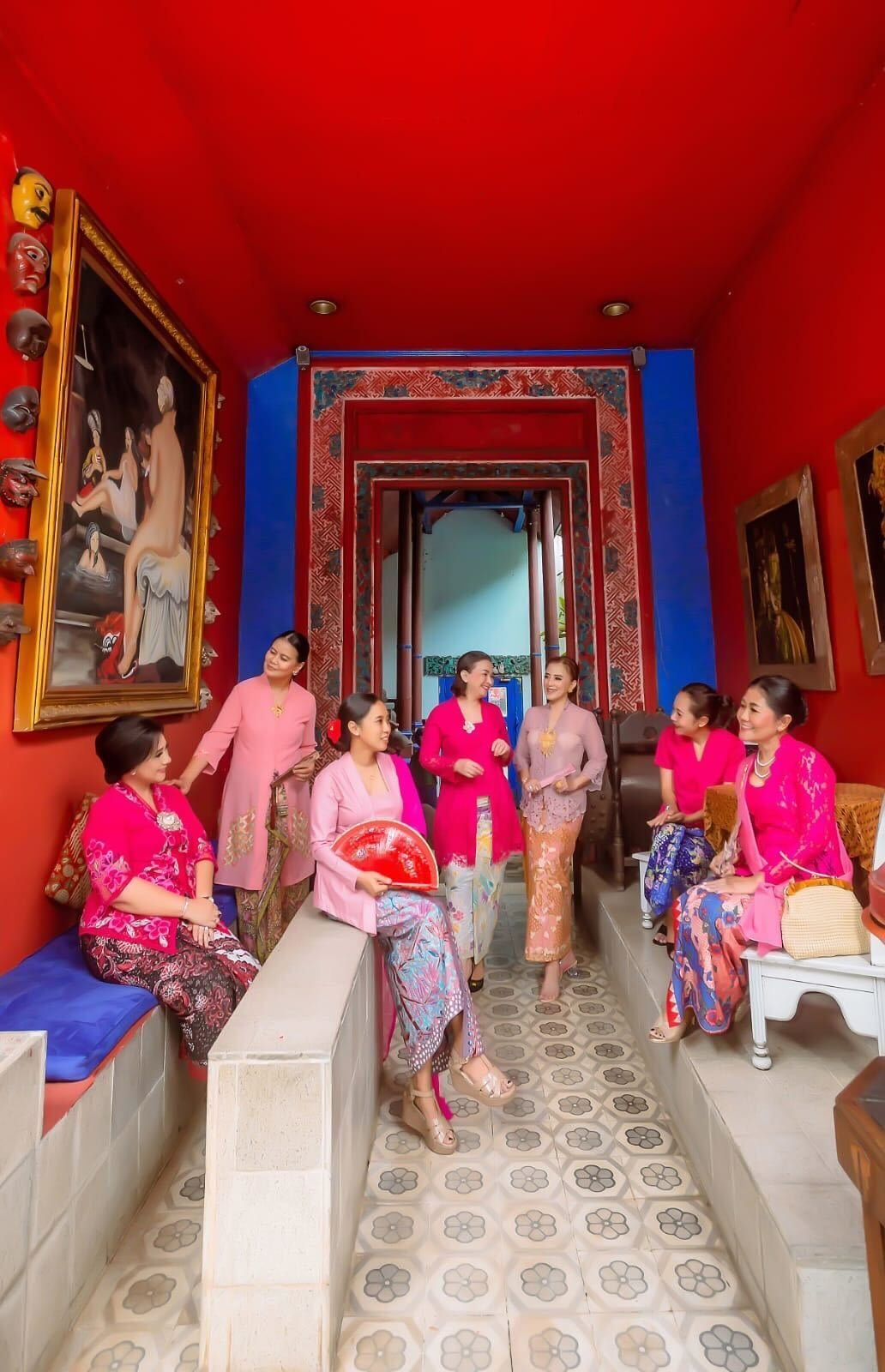Konde: More than a hairstyle
Written by Ardela Nabila | Read in Indonesian
When we hear the word konde, maybe most of us will remember the bun hairstyles, completed with a hair pin or other accessories. Konde could also be synonymous with Javanese women, like the national hero R. A. Kartini.
In fact, konde is not a mere hairstyle that prioritises aesthetics; it also has a deeper meaning. Although it is a traditional hairstyle in Indonesia, hair buns have actually been around since ancient times. This hairstyle was first used by the noblewomen of Ancient Egypt.
At that time, the bun was one aspect that showed a person's social status. The taller and bigger the bun, the higher the social status of the wearer. In other words, not just anyone can style their hair in a bun.
As time went by, hair buns gained popularity and were used by other people around the world. Historical records showed that the King of France Louis XIII and his son Louis XIV contributed to popularising hair buns to other parts of the world.
Meanwhile in Indonesia, konde or sanggul has been passed down from generation to generation by our ancestors as a traditional hairstyle. It is not only Java; other regions in the country also have a similar heritage with their unique characteristics.
For example, sanggul timpus from North Sumatra with the characteristics of betel leaves as decoration and sanggul tagel (pusung) from Bali which is characterised with a crown pinned on top and various flowers that enhance its appearance. Interesting fact: sanggul tagel can only be worn by married women.
To date, traditional konde are still used for various occasions, including official events, traditional events and religious events.
Also read: TORAJAMELO introduces gedogan weavers to the global market
Konde as a representation of women's integrity
Behind its beauty, konde has a deep philosophical meaning. More than just an ordinary hairstyle, konde represents the integrity of a woman. According to Diah Kusumawardani Wijayanti, the founder of the Belantara Budaya Indonesia foundation and chairwoman of the Indonesian Women for Cultural Preservation community, konde means to hide a secret.
“The philosophy behind sanggul is to keep secrets. Indonesian people are known to be friendly and kind; in modern terms, it is how Indonesian women in the past kept secrets behind them (konde). Even though it's hard, she still smiles," Diah told TFR at Sarinah, Central Jakarta some time ago.
Source: Diah Kusumawardani Wijayanti
Diah is a cultural activist who works through the foundation and community she built. Through Belantara Budaya Indonesia, she opened a traditional dance studio and free language classes that are available for anyone, regardless of their age. Her dance studio, which now has 6,000 students in 17 classes, even has a special class for people with disabilities.
Meanwhile, the Indonesian Women for Cultural Preservation is a social community that aims to act as a bridge for women who want to move together to preserve Indonesian culture. In the community, Diah and other members are always dressed in full traditional clothes; not only wearing kebaya and wastra, but also konde.
"If we pull it forward, konde teaches us women to have integrity. This means that if there is a problem, like a family problem, only ourselves need to know. Integrity is very important; to maintain dignity. Our ancestors have thought about this long before we were born,” the mother of two explained.
Not only the shape of the konde, the hair accessories that complement it, such as hairpins, also have a meaning. Details like these, Diah said, need to be more actively shared to today's young people so that they understand the cultural heritage passed down from their ancestors.
"All konde have a meaning. In Sumatra, Bali, Java, they all have a meaning. Even the hairpins, the flowers pinned on the konde, all have their own meaning and philosophy. That's how deeply our ancestors thought about it," she continued.
Also read: SPOTLIGHT Indonesia showcases the creativity of the local fashion industry through literature
Konde gains popularity among young people
Konde is regaining its popularity, including among young people. This is inseparable from the public’s increasing awareness of their culture.
More than that, Diah said, prominent public figures who often took to social media to show their selfie when wearing a full kebaya dress and konde are also driving the trend forward. That is because they indirectly influenced other people to wear similar clothes and hairstyles.
"If we go back to a decade ago, konde was slowly being abandoned. But now tourism has started to be promoted, and the awareness about local wisdom is starting to reignite, even among young people. When they see their friends wearing sanggul or traditional clothes, they will usually be happy to follow along," she concluded.
Diah, through Belantara Budaya Indonesia, also invited her students to complete their look with a konde, at least when they are performing.
"The graph of the use of konde was once declining, but now the awareness of many people has started to rise. For example, the use of konde at school events, weddings; many people are proud to wear kebaya and complete it with a konde. This is really good," she said.
Also read: Indonesia Fashion Week 2023 entitled “Sagara from the East” is officially opened
The importance of introducing culture since early on
Regarding the future of konde, Diah said the sustainability of konde can be maintained by introducing this traditional hairstyle and its philosophy to children from an early age.
Children need to be introduced to the local wisdom of their respective hometowns from an early age so that they can grow up with an understanding of their culture and be proud of it.
Diah said, "Introducing culture is already preserving it, because it is synonymous with konde, kebaya, weaving and other accessories. So when we talk about culture, everything is going to be like that, everything is influencing each other, making moves. And that way, the culture will not be lost.”
Social media as a platform to disseminate the latest information also plays an important role in this regard. This is apparent when public figures shared their selfie when they were wearing a konde to create an image and awareness that even traditional hairstyles can make one look elegant and attractive.
"For example, if we wear a messy konde, it doesn't look good; people naturally won’t be influenced to follow it. If the konde is combined with a fashionable style, like what Maudy Ayunda did, for example, people will want to emulate it," Diah concluded.
In contrast to its initial appearance, now sanggul can indeed be worn by anyone, it even has a more modern style.
Source: Diah Kusumawardani Wijayanti
Modern sanggul that exist today also have a more varied and minimalist shape, keeping up with the pace of beauty trends. With this development, it is hoped that more women will adopt modern sanggul into their everyday style.





















